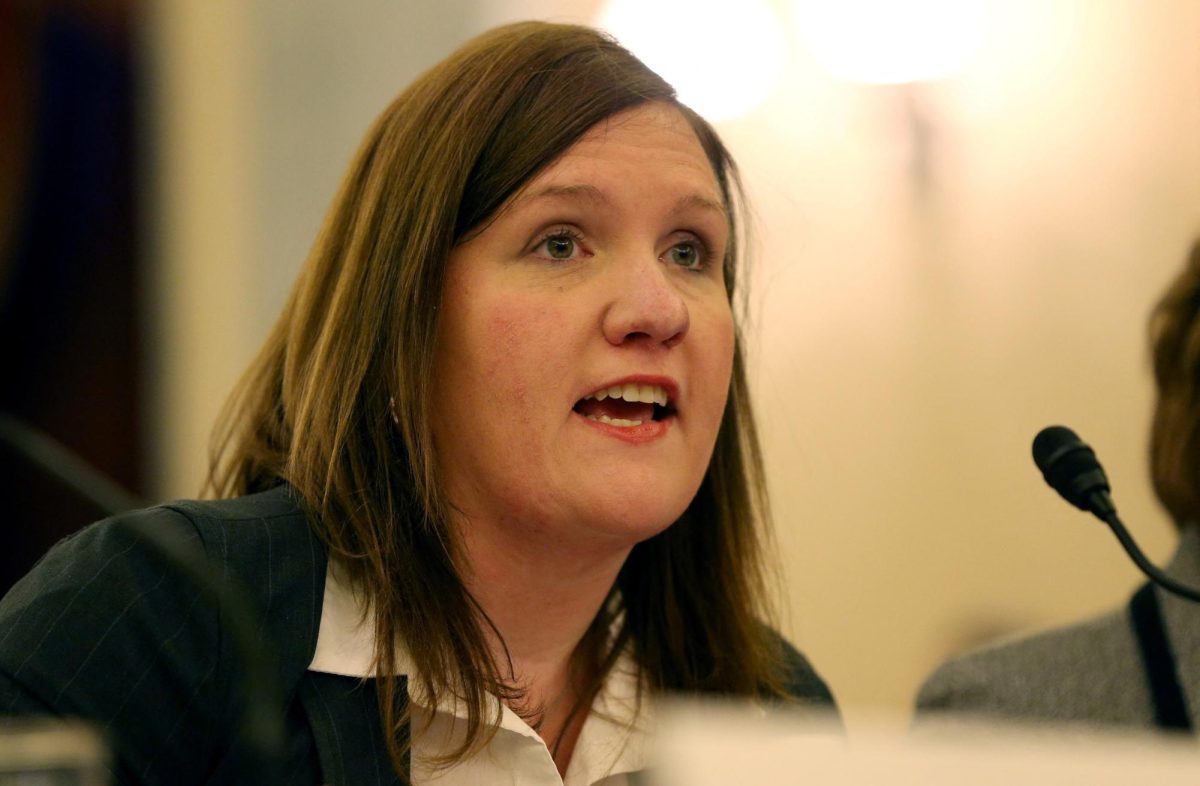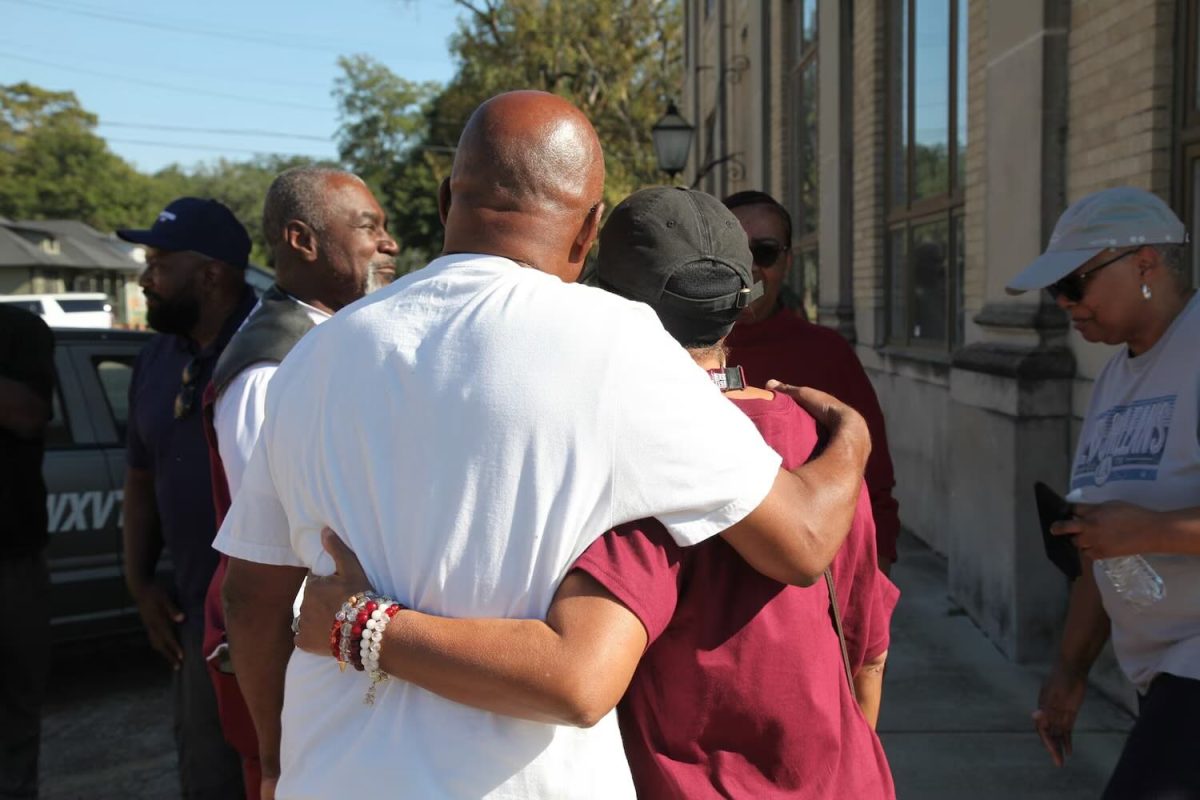On January 26, Megan Thee Stallion ignited a blaze of controversy with her new single titled “Hiss,” kicking off a war with the Queen of Rap herself—Nicki Minaj. On the track, the Houston native delivered the hard-hitting line: “These h**s don’t be mad at Megan, these h**s mad at Megan’s Law, I don’t know what the problem is, but I guarantee y’all don’t want me to start.”
A bar that doesn’t necessarily deliver at the first listen until you search for the meaning of Megan’s Law. This bar wasn’t referencing Megan but something more.
“Megan was in the right, Megan’s Law and all, it’s the truth, Nicki’s husband is a sex offender and he didn’t register as a sex offender in the state of California,” Theiss said.
CHS student Claire’s Thesis’s sentiment reflected the general focus of the controversy.
Megan’s Law however is a much more complicated and important tale of how one of our most important laws came to be. So what is Megan’s Law exactly? –
Most people already know about the primary purpose of the legislation. Megan’s Law, led to the establishment of the Sex Offender Registry, making the public tracking and knowledge of known, convicted sex offenders public. Many of you have probably been on the website and looked up the convicted sex offenders in your area. But like many other laws and legislation, many people don’t know the origin of Megan’s Law.
Megan’s Law came about in the mid-1990s after a 7-year-old Megan Kanka was murdered in Hamilton Township, New Jersey by Jesse Timmendequas, a sex offender who resided close to Kanka and had a history of sexual offenses along with two other alleged accomplices.
A month after Megan Kanka was raped and killed in 1994, Paul Kramer, a Republican member of the New Jersey General Assembly, spearheaded the passage of seven bills collectively referred to today as Megan’s Law. The law mandated that sexual offenders be searched, that the state maintain a database of their whereabouts and that the community be informed when a sexual offender is discovered in the area. In addition, a life sentence without the possibility of parole. This law was also passed in several state houses impacting other states nationwide.
Brent appreciated the law when it was passed as it cracked down on crime
“It allows people to see who’s in their neighborhood. It allows people to help to keep their children safe, and it also sends a message to all community members that this type of behavior isn’t condoned, and we’re going to protect ourselves from it as much as possible,” Brent said.
The list and classification of crimes that could land a person on the national registry aren’t just restricted to obvious and egregious crimes like molestation and rape but can also include less-acknowledged offenses such as sexting.
“Sextortion can get you put on that list, breaking the age of consent law, breaking the statutory rape law, breaking the criminal sexual conduct law, breaking the child pornography law. It’s all of our sex and relationship-related laws. Violating one of those laws will put you on this list,” Brent said.
The first official attempt at legislation such a law federally would come the same year in 1994 with the passage of the Jacob Wetterling Crimes Against Children and Sexually Violent Offender Registration Act. This was enacted as part of the Violent Crime Control and Law Enforcement Act of 1994.
The Wetterling Act did five big things: established the baseline standards for states to register sex offenders; established a heightened class of offenders, “Sexually Violent Predators” (SVPs); required address verification every 90 days for SVPs and annually for all other offenders; required SVPs to register for life and all other offenders to register for 10 years; provided for discretionary public notification procedures when necessary to protect the public.
Megan’s Law was legalized in New Jersey and several other states and passed into law two years later, amending the Wetterling Act. The amendment did two important things: Mandated public disclosure of information about registered sex offenders when required to protect the public, and p
provide that information collected under state registration programs could be disclosed for any purpose permitted under state law.
The same year, Congress also passed a bill establishing a national law enforcement-only database, The Pam Lychner Sexual Offender Tracking and Identification Act of 1996. This law did two main things:
Required state registry officials to immediately transmit sex offender registration information to the NSOR (National Sex Offender Registry).
And, allowed for the dissemination of information collected by the FBI necessary to protect the public to federal, state, and local officials responsible for law enforcement activities or background checks according to the National Child Protection Act.
In the state of Michigan, Megan’s Law is enforced and legislated the same way as the initial New Jersey law.
“In Michigan, when you look up a sex offender registry, it’s going to have a picture, a name, all of the aliases’ date of birth. And then, depending on what registry you’re looking at, it might even have details of the crime that was committed and the date that it was committed,” Brent said, “Those that have been proven guilty. There, there might be a description of that. There might be the name of the law that they broke, right on their file. And then also it has a map that you can look at, and it will tell you exactly where that person lives, their address their home. it’s a tremendous amount of information.”
There has been some controversy over the law and its enforcement particularly concerning teens. Indecent exposure, sexting, and breaking age of consent laws are all serious sexual offenses that call for a registry on this list and are demanded by the law. However, the ethics of charging teens and young adults who commit crimes unknowingly have been brought to attention. Having a naked photo of yourself on your phone in your possession as a minor if found can theoretically get you onto the registry.
“I think sometimes when we put a scarlet letter on someone for choices that they’ve made as teens and young adults, we can kind of pigeonhole them into that identity. And then maybe not allow them the space to learn and grow and change. get treatment, get help. use new tools, and move off the registry and rewrite their life,” Brent said.
“If we take a step back, the law is meant to address pedophilia and inappropriate sexual behaviors, sexual assaults, and things like that. In my mind, maybe we should be doing more to teach about what sex is.”
Some of these changes and improvements are starting to be promoted by groups like the American Law Insitute. Promoting to the Arizona State House in June of last year, four different provisions were proposed that could better modernize the law: limiting registerable offenses to the more dangerous ones; providing registry access to law enforcement only; modifying registration terms, especially abolishing lifetime registration and the ability to register children; abolishing blanket restrictions that automatically curtail all registrants’ rights and freedoms.
Most of these attempts, however, have been stuck in bureaucratic limbo or shut down altogether. Until then, education is the best way to prevent the issue altogether and something that Brent has been advocating for.
“I would love to see us talking more openly about bodies and respect for bodies and respect for space, in respect for individual needs and boundaries,” Brent said. “I think so many people are just fearful of sex education because they think sex or like health educators are trying to encourage kids to have sex. And that’s not the goal whatsoever. The goal is really to help us understand our bodies. And I think if we were to educate kids at a really starting at a young age and continuing that throughout, I think we’d see a lot less of these types of issues that are not malicious that were just sheer accidents or misunderstandings or coming from a place where a person was misinformed.”
















